Exploring the Versatility of Pizza Boards
Pizza boards are an essential tool for both professional chefs and culinary enthusiasts. They serve not only as a surface for slicing and serving but also as a statement piece in the art of pizza presentation. The variety of materials, including wooden pizza board options and bamboo pizza boards, cater to different preferences and uses.
Types and Materials of Pizza Boards
The selection of pizza boards wood is vast, with maple, oak, cherry, walnut, birch, and teak being popular choices. Maple stands out for its density and durability, making it an excellent material for a pizza cutting board. Bamboo, known for its sustainability, is a lighter alternative and is often used in making bamboo pizza peels, which are handy for transferring pizzas to and from the oven.
Design and Construction
The construction of pizza boards can significantly affect their functionality. Edge grain designs showcase the parallel alignment of wood, while end grain constructions display the wood's end pieces, known for their durability and are often seen in heavy-duty pizza chopping boards. Blended designs offer an aesthetic variety without a fixed pattern, often chosen for pizza serving boards. For those seeking a unique touch, personalized pizza boards are available, offering custom engravings for a more personal experience.
Functionality and Applications
While commonly used for cutting and serving pizza, these boards are versatile. A round wooden pizza board provides an ideal shape for pizza presentation and can double as a charcuterie or cheese board. The pizza board with handle design ensures easy carrying and hanging for storage. For those baking with specialized equipment, the ooni bamboo pizza peel is designed to complement portable pizza ovens.
Choosing the Right Pizza Board
When selecting a pizza board, consider the size and thickness based on the intended use. Thicker boards, akin to chopping blocks, are suited for heavy-duty use, such as preparing meats or dense doughs. In contrast, thinner boards are more suited for lighter tasks like slicing fruits or serving. The cutting board pizza style is a testament to the board's multipurpose nature, accommodating various food preparation needs beyond pizza.
Care and Maintenance
Proper care extends the life of pizza boards. Wood and bamboo boards require regular oiling to maintain their finish and prevent drying out. It's important to clean them with mild soap and water and avoid soaking to prevent warping or cracking. With the right maintenance, a wooden round pizza board or a bamboo pizza board can be a long-lasting addition to any kitchen arsenal.
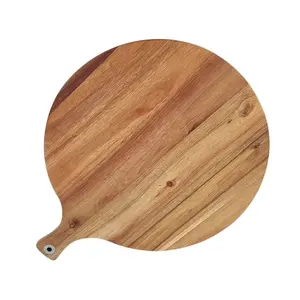



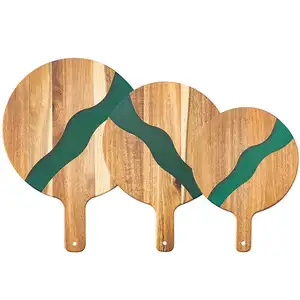


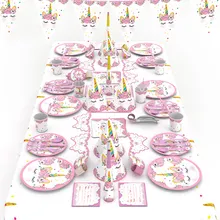


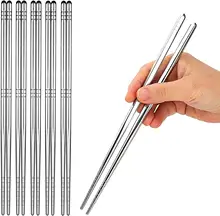
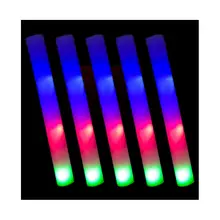

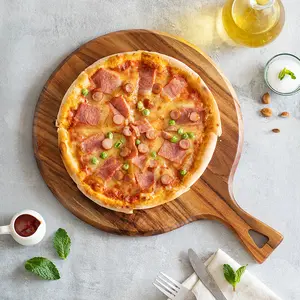




























 浙公网安备 33010002000092号
浙公网安备 33010002000092号 浙B2-20120091-4
浙B2-20120091-4